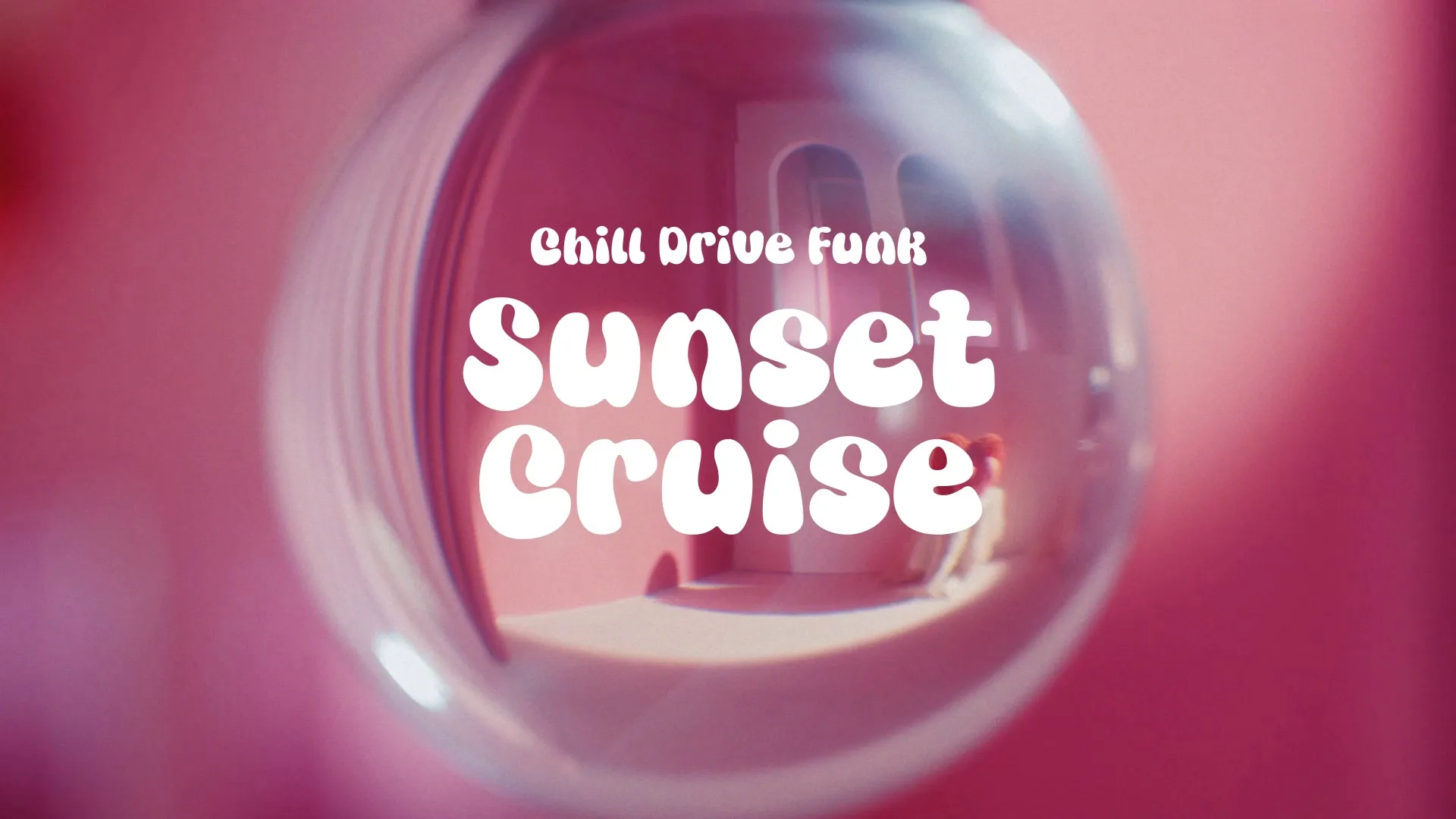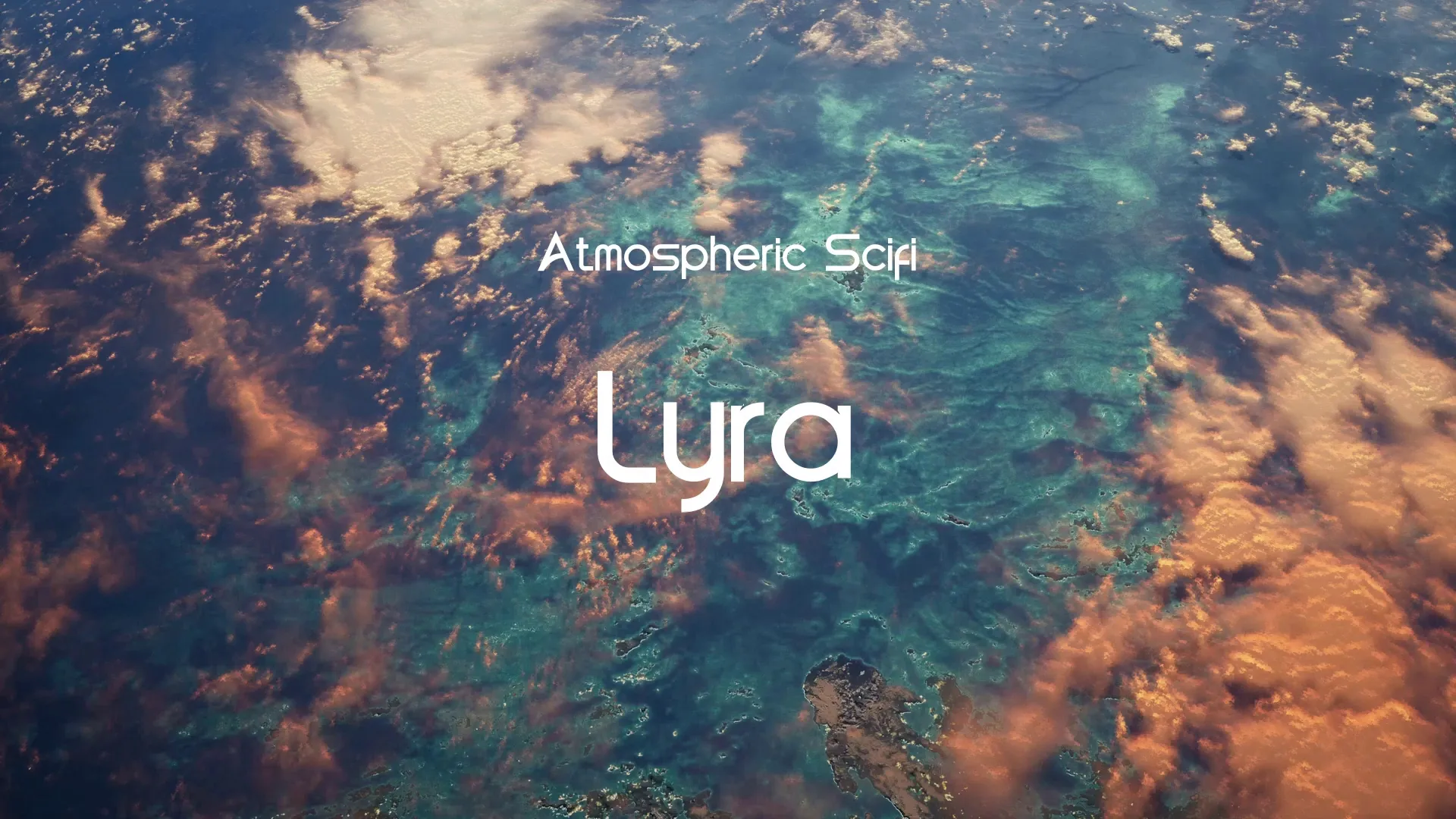Novel Game Mechanics: AI Tools & Narrative Design for Unique Game Ideas
Generating truly novel game mechanics is a critical challenge for indie developers aiming to stand out. Relying on familiar tropes often leads to predictable gameplay experiences. This article explores how AI tools and a structured approach to narrative design can unlock unique game ideas.
The Starting Point: Moving Beyond the Obvious
Many game ideas begin with a genre or a specific gameplay loop, which can limit creative potential. Instead, start by identifying an emotional core, a unique player fantasy, or a compelling ‘what if’ scenario.
This initial spark should be broad enough to allow for diverse interpretations and mechanic generation.
AI Tools for Visual Ideation and Mechanic Inspiration
AI art generators are powerful engines for visual brainstorming, offering an unparalleled speed for concept exploration. Use these tools to generate concept art for abstract ideas, not just characters or environments.
Input prompts that describe feelings, paradoxical situations, or impossible physics to see unexpected visual outcomes. For example, prompt ‘a feeling of lost hope manifested as a physical barrier’ or 'gravity shifting based on sound intensity’.
These visual outputs can directly inspire mechanics that would be difficult to conceive through text alone. Wayline’s Canvas tool is specifically designed for this type of creative exploration.
Narrative Design as a Mechanic Generator
Narrative design is more than just story; it’s about the player’s journey and interaction with the world. Deep narrative elements can directly inform novel gameplay mechanics.
Consider the core conflict, character motivations, and the world’s rules or lack thereof. Ask how these elements can be translated into player actions or environmental interactions.
For instance, if a character’s core motivation is 'regret’, how does regret manifest as a player ability or a world-altering mechanic? Perhaps choices made in the past literally reshape the present game world.
Combining AI and Narrative for Breakthroughs
Integrate AI-generated visuals with your narrative design process. Take an AI-generated image that evokes a strong feeling or a bizarre scenario and then ask: ‘What kind of story would lead to this?’
Conversely, take a key narrative beat or character trait and prompt AI to visualize its abstract representation. This iterative process creates a feedback loop between visual and conceptual ideation.
For example, if your narrative involves a fragmented memory, use AI to generate images of broken landscapes or distorted objects. Then, design a mechanic where players must ‘reconstruct’ these fragmented visuals to progress.
Common Pitfalls and How to Avoid Them
One pitfall is treating AI as a replacement for creativity, rather than a catalyst. AI generates outputs; you must interpret and refine them into mechanics.
Create a free account, or log in.
Gain access to free articles, game development tools, and game assets.























